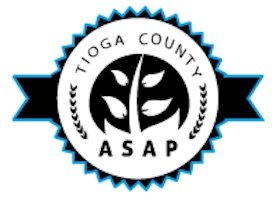Almost everything we once knew about marijuana from the 1960’s to 1970’s has changed. That includes laws dealing with legalization for medical and recreational use, drug potency, products and methods of use, risk potential and harmful effects, and youth prevention and treatment strategies. If you want to know the facts on how today’s marijuana can affect us, take this brief quiz.
The main chemical giving marijuana its mind-altering and intoxicating effects is THC or delta-9-tetrahydrocannibinol. True. THC is the most common and most psychoactive of the over 100 cannabinoid chemicals found in the cannabis plant. Most THC is found in the bud of the marijuana plant. Marijuana also contains hundreds of other chemicals.
Marijuana has the second highest rate of dependence or abuse among all drugs. True. Marijuana is ranked only behind alcohol in the number of Americans meeting clinical criteria for drug dependence or abuse in the past year. Over four million U.S. citizens are believed to be dependent on or abusing marijuana. This number is twice the dependence/ abuse rate for prescription drugs, and nearly five times that of cocaine.
Marijuana is the most widely used illegal drug in the United States. True. Marijuana is the most widely used illegal drug in America and in the world. Marijuana is also the most widely used illegal drug among American youth. With older adolescents, nearly 35 percent have tried marijuana in the past year, and over 21 percent were current users.
Marijuana can be smoked, vaporized, or consumed as a food, beverage, pill, or tincture. True. Marijuana today can be ingested into the body in many ways to receive its intoxicating or medicinal effects. These include inhaling it by smoking marijuana in cigarettes (joints), cigars (blunts), or using water pipes (bongs) or vaporizers (vape pen). Marijuana can also be consumed in foods like cookies, brownies or candies, or in cooking oils (cannaoils) or butter (cannabutter), or in pills, capsules or tincture (liquid concentrate), as well as in beverages such as teas or alcoholic spirits.
Today’s marijuana is more potent than that found just a few years ago. True. The average THC in marijuana has dramatically increased from 4 to 6 percent to more than 15 percent, and as high as 95 percent in edible products. With regular use of marijuana, youth may start having problems with school work, declining grades, truancy issues, moodiness, be at risk for addiction, and may quit their extracurricular activities and other interests.
Marijuana has not been approved by the FDA for certain medical uses. True. The FDA has not approved marijuana for treating any medical condition.
Marijuana is not harmless. True. Marijuana can and does cause harm, pain and suffering among adults, families, and particularly youth. Harmful outcomes resulting from marijuana use, especially early, frequent and heavy use, includes risks to brain development, physical and mental health, social well-being, and increased likelihood of drugged driving, accidents, other illegal drug use, and addiction.
Youth marijuana use can be effectively prevented or treated. True. There are several evidence-based programs shown to be effective in preventing and treating marijuana use and abuse. For more information visit our website at www.tiogaasap.org.



Be the first to comment on "Guest Editorial: THC and Potency Prevention Corner"